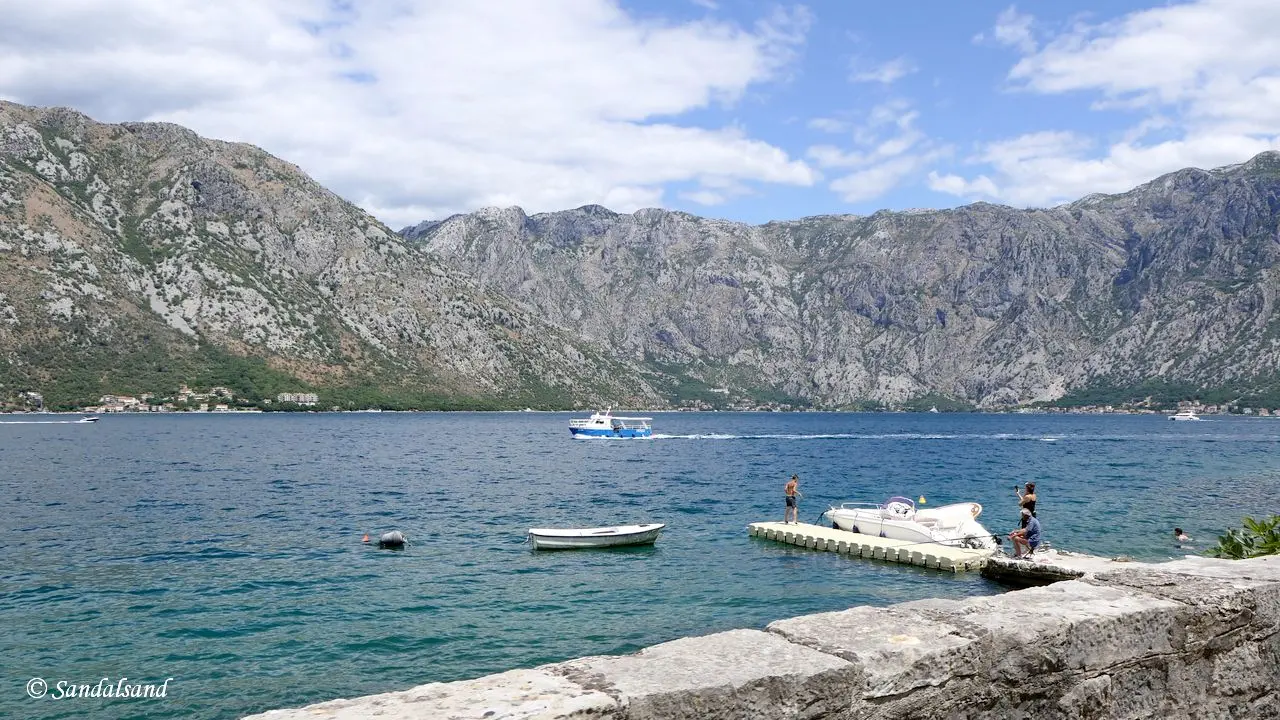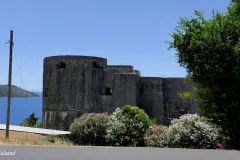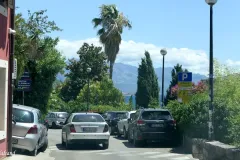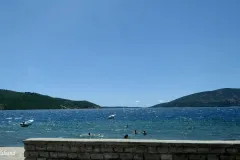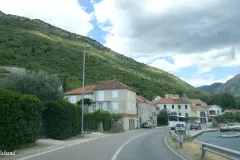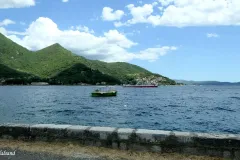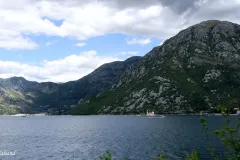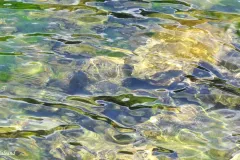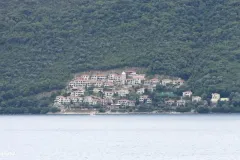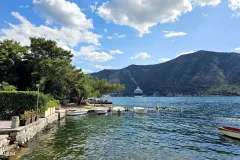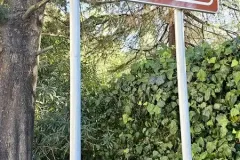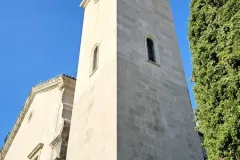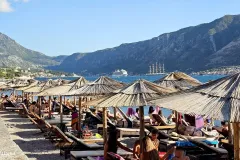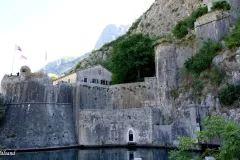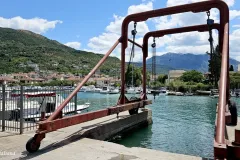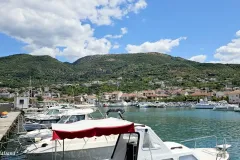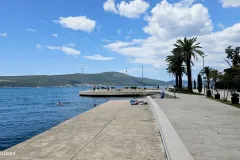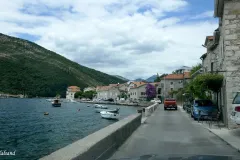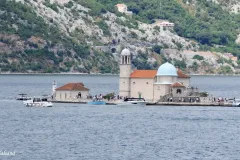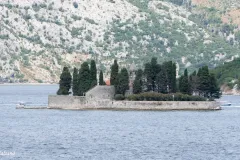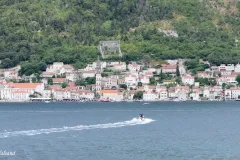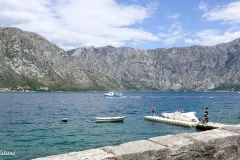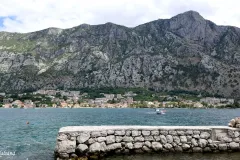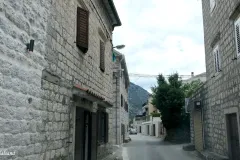Discover Kotor Bay in Montenegro – a stunning blend of natural beauty, medieval towns, and centuries of maritime and cultural heritage.
The UNESCO World Heritage List includes over a thousand properties. They have outstanding universal value and are all part of the world’s cultural and natural heritage.
Official facts
- Official title: Natural and Culturo-Historical Region of Kotor
- Countries: Montenegro
- Date of Inscription: 1979
- Category: Cultural
UNESCO’s World Heritage Centre’s short description of site no. 125:
In the Middle Ages, this natural harbour on the Adriatic coast in Montenegro was an important artistic and commercial centre with its own famous schools of masonry and iconography. A large number of the monuments (including four Romanesque churches and the town walls) were seriously damaged by the 1979 earthquake but the town has been restored, largely with UNESCO’s help.
UNESCO Listing – Background and Significance
A Cultural Landscape Framed by Mountains and Sea
The Bay of Kotor, often described as Europe’s southernmost fjord, lies deep within Montenegro’s rugged coastline. Enclosed by dramatic limestone peaks, the bay shelters a chain of old coastal towns, churches, and monasteries that tell the story of centuries of coexistence between people and nature. This exceptional harmony between environment and settlement defines the World Heritage property known as the Natural and Culturo-Historical Region of Kotor.
Settlements, Seafaring, and Faith
For more than two millennia, communities around the bay have thrived on trade and navigation. Risan preserves traces of ancient Roman mosaics, while Perast stands as a symbol of the bay’s maritime tradition. Its elegant baroque palaces and twin island churches, Our Lady of the Rocks and St. George, mark the link between faith and seafaring life. Prčanj, Dobrota, and other villages reflect the same blend of prosperity and devotion that shaped this region’s identity.
Nature and Continuity
The surrounding mountains form a natural fortress that has long protected the bay’s settlements. Despite earthquakes and political change, the landscape retains its authenticity. Olive groves, terraced hillsides, and stone houses merge seamlessly with the natural scenery. UNESCO inscribed the Kotor region in 1979 for its outstanding universal value as a cultural landscape — a place where nature and human history remain deeply intertwined.
A visit to Kotor Bay
The town of Kotor is another World heritage
The Kotor Bay area is a prime destination in Montenegro. It is also almost impossible to avoid if you are driving along the eastern side of the Adriatic coast. That means the area and the rather narrow roads become congested in the peak season. Nonetheless, if you prioritise a couple of nights here on your vacation, you will find time and places to relax.
The Kotor bay area is quite big and there are plenty of opportunities and places with less tourism, and less heavy transport disturbing your senses.
In fact, this area is blessed with two World heritage sites. The town of Kotor at the deepest end of the bay is part of a multi-country serial property. It has a rather long name – The Venetian Works of Defence between the 16th and 17th Centuries: Stato da Terra – Western Stato da Mar. The site consists of six fortified towns in Italy, Croatia and Kotor in Montenegro. Read about it.
My drive around the bay
I spent a couple of days exploring this region during a Balkan road trip in 2025. The images above are from my arrival day, when I crossed into Montenegro from Croatia in the north. Following the main coastal road, I made my way to Dobrota, just north of the town of Kotor. The next day I visited Kotor itself and continued driving westward, around the peninsula that encloses the inner bay.
The next major stop was Tivat, located beside the airport. This is a well-developed tourist resort with a pleasant waterfront, modern hotels, and an upscale marina. However, the town centre felt less distinctive compared to other places along the bay.
From Tivat, the road narrows dramatically, winding along the seashore through a series of tiny villages and scattered settlements. It is certainly not designed for two-way traffic, and at times the drive required patience and care.
Even so, the charm of the landscape was unmistakable. A few small hotels appear along this stretch, but most of the accommodation seems to be private guesthouses or holiday homes. There are no sandy beaches here; instead, locals and visitors sunbathe on the concrete jetties that extend into the clear water. The old stone buildings and quiet harbours reveal the region’s long history and enduring character.
The images below are from this second day’s drive.
Read more
In addition to UNESCO’s website I would like to draw your attention to Worldheritagesite.org if you would like to read more.
Find more articles from Montenegro on Sandalsand.

